A Day in the Life of a Private Lands Habitat Specialist
By Logan Cares, Private Lands Habitat Specialist, KS
Right in the crossroads of the Public Lands Habitat Specialist and the Farm Bill Wildlife Biologist is the Private Lands Habitat Specialist, tasked with on-the-ground habitat management on Kansas’ private lands. My name is Logan Cares, I am a private lands habitat specialist based out of Grand Osage Wildlife Area. I have a degree in Field and Environmental Biology from Pittsburg State University, and I have been with Pheasants Forever since April of 2018. I love that I get to be outdoors for my job and make a real difference on people’s land- both for their benefit and for the wildlife that resides there!
A day in the life of the Private Land Habitat Specialists may be different across our wildly diverse state, but we all have one thing in common: we are all boots on the ground, maintaining, enhancing, and creating wildlife habitat. That being said, we wear many hats! These hats may change from removing trees with a compact track loader one day to giving a wildlife talk to several hundred grade-schoolers the next. Our positions are more than just driving a tractor or operating a chainsaw- we make habitat happen!
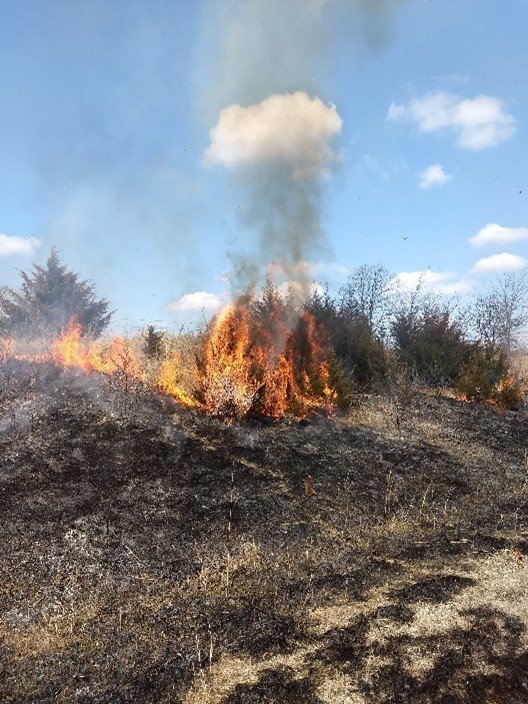
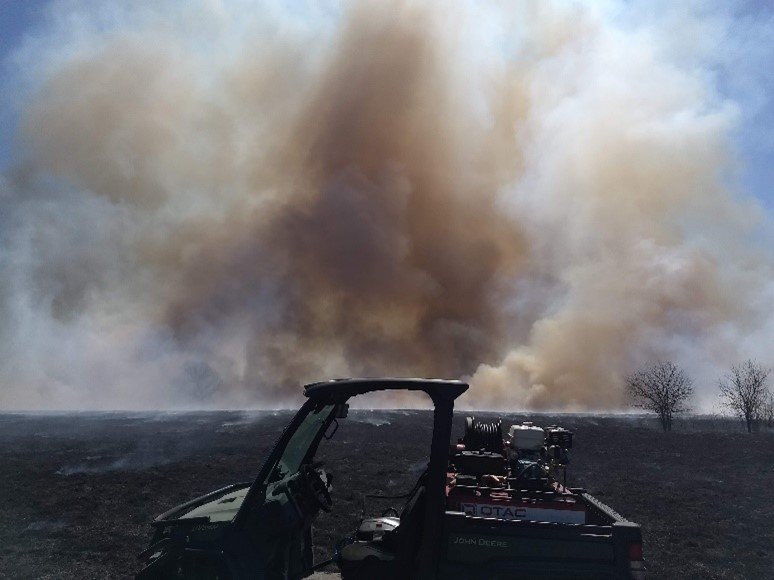
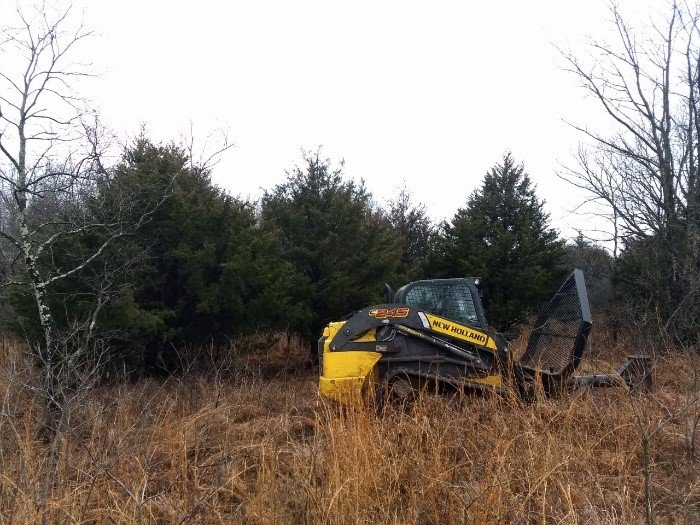
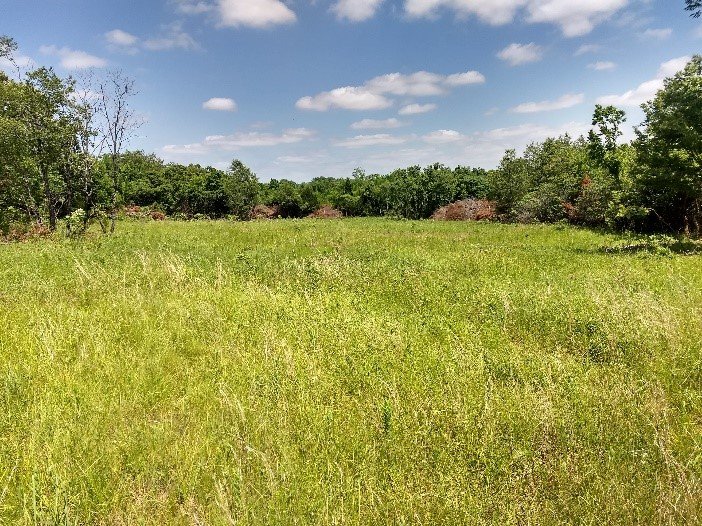
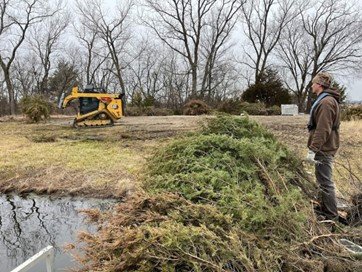
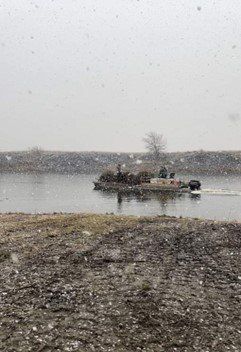
Private Land Habitat Specialists work under the supervision of a Kansas Department of Wildlife and Parks (KDWP) district biologist. The district I cover includes Labette, Neosho, Crawford, and Cherokee counties in the southeastern corner of the state. These four counties are comprised of three distinct ecotypes, making it very diverse. The Ozark Plateau is steep rocky hardwood covered hills, the Cherokee Lowlands are fertile deep soiled plains known for coal deposits, and we also work in a portion of the Osage Cuestas geographic region which make up most of eastern Kansas’s rolling plains. Hills found in the region with steep cliff faces on one side and gentle slopes on the other, called Cuestas, are where the region gets its name. This region is home to a variety of wildlife including whitetail deer, wild turkey, and numerous species of songbirds. Unfortunately, there is no wild pheasant population in our district, but Bobwhite Quail are in reasonable numbers and small pockets of prairie chickens can also be found. We also host several species that aren't found anywhere else in the state, such as the Cave Salamander, northern hog sucker, and white sassafras.
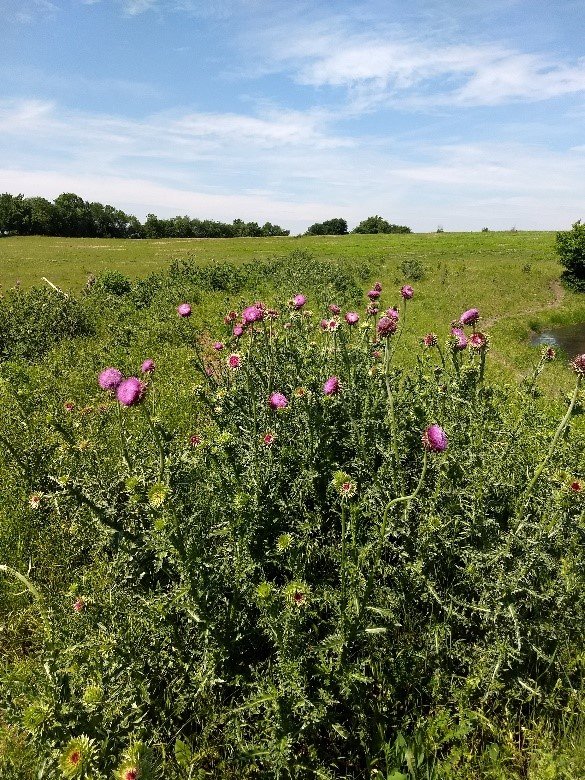
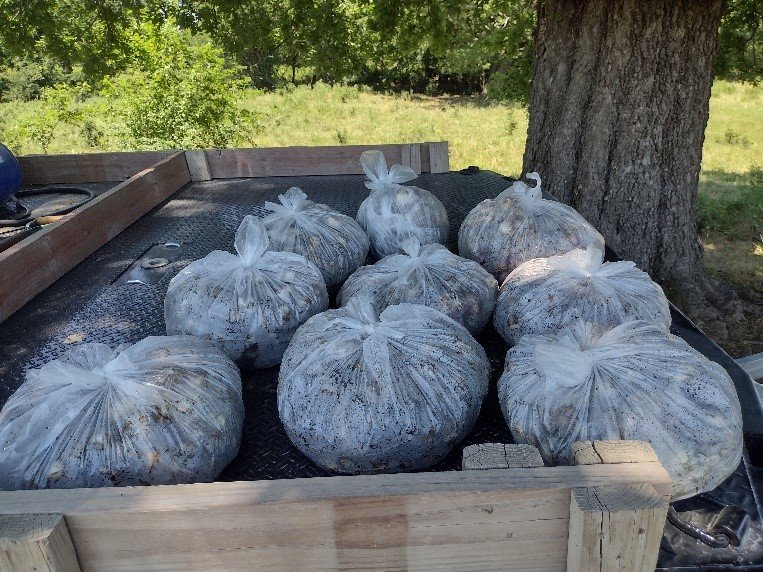
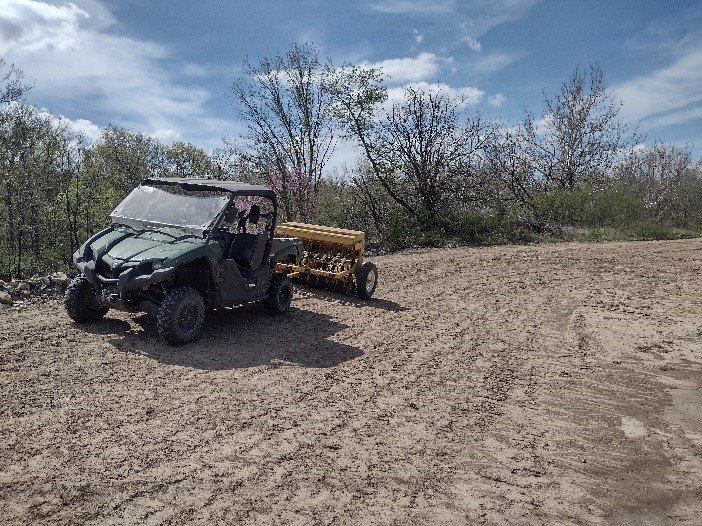
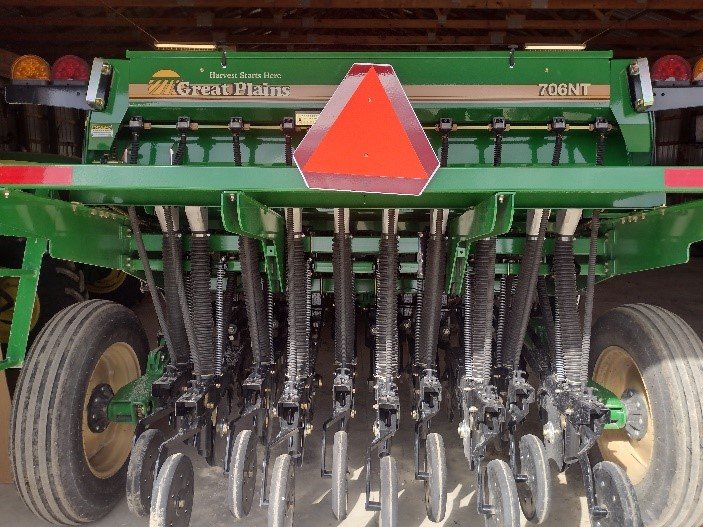
Most of my work is conducted on private lands enrolled in cost-share habitat programs. Some of the most common programs we work with include Habitat First (a KDWP program that offers cost-share on just about any habitat management and maintenance you could want to do), WIHA (KDWP’s walk-in hunting access program to lease private lands for public hunting ground), CRP (the Conservation Reserve Program through the Farm Service Agency that takes cash crop out of production to plant it to native vegetation), and WRE (Wetland Reserve Easements, protecting critical but delicate wetland ecosystems indefinitely). Landowners involved in these programs can get my help by contacting the KDWP district biologist. These projects are funded through the cost-share program or no cost at all to the landowner. I perform a wide variety of tasks throughout the year to benefit different types of habitat. As native prairie continues to face threats, we use prescribed fire, brush control, and noxious weed management to bolster these habitats into the future. I’m often also involved in native grass plantings and conversions, and food plot plantings on private lands. Forested lands see tree removal to open up canopy and promote understory growth, and timber stand improvement to encourage forest health and resiliency.
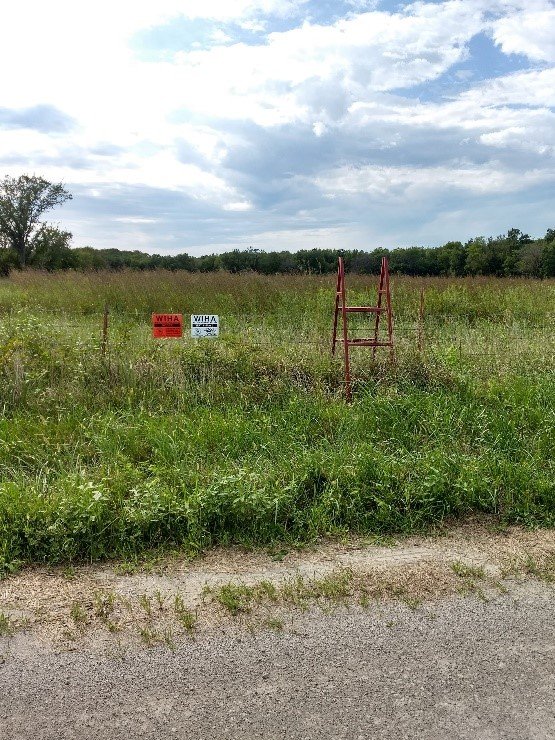

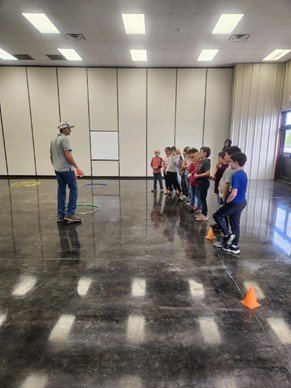
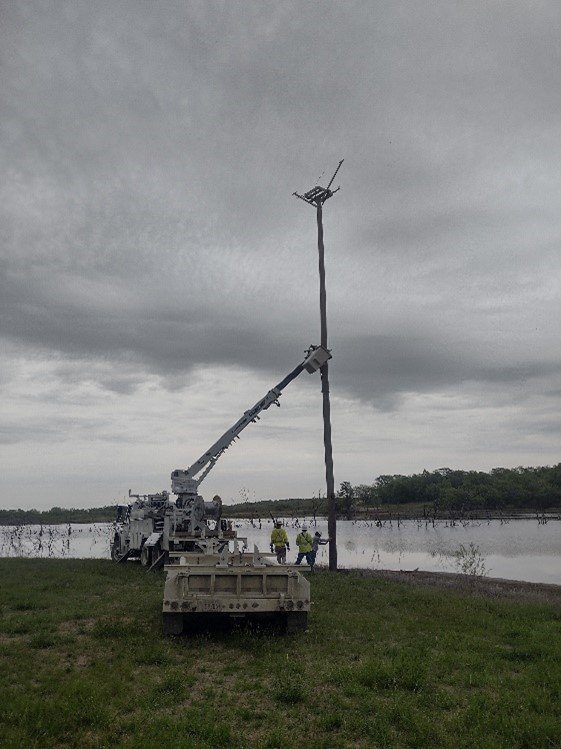
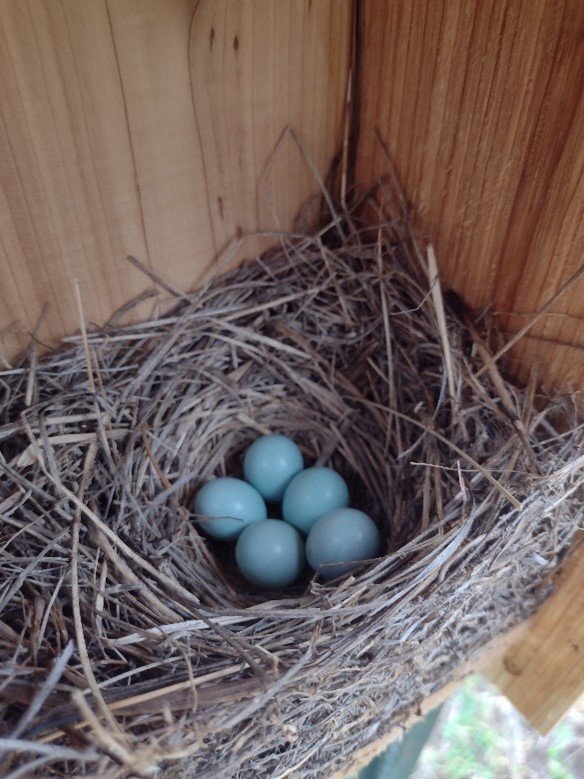

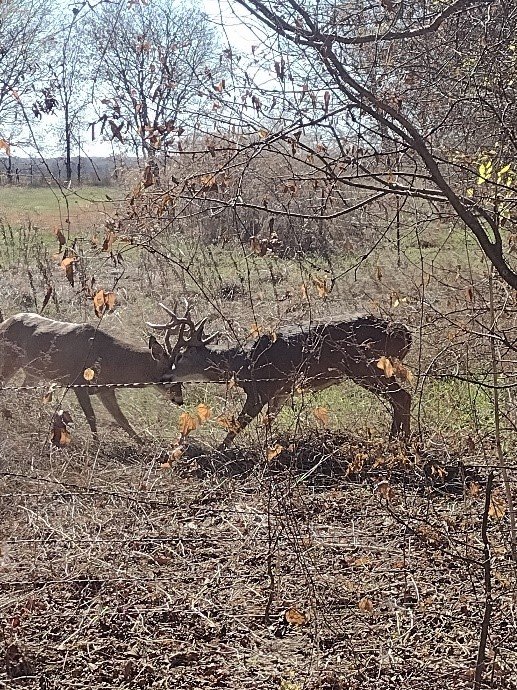
There are also several duties that I perform that are not directly putting habitat on the ground. There is a lot that goes into what we do behind the scenes and before the management can happen. Not to mention rainy, snowy, and stormy days when we can’t be in the field! I usually help out every year with posting WIHA signs so that hunters and anglers know where the open areas are. There are also opportunities throughout the year to help with education and outreach for school-aged kids and even at workshops for adults. I often get to help out with population surveys and disease sampling on a variety of species including deer, quail, and prairie chicken. Sometimes I even get to go out on wildlife calls when people find young or injured animals and report them to KDWP. There is also ample opportunity to practice my mechanic, carpenter, and custodial skills as these are needs that sometimes need to be filled while on the job. Essentially, where there is help needed, I can be there!
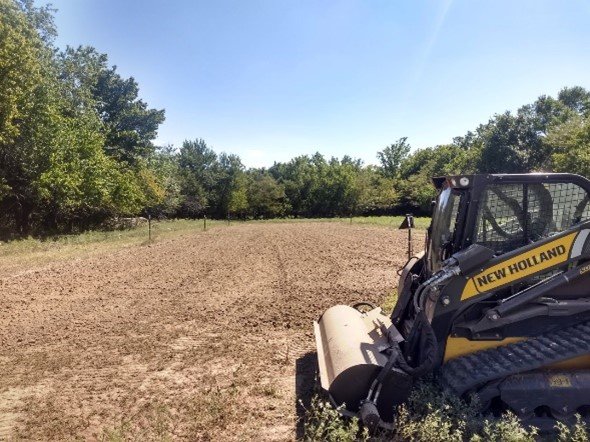
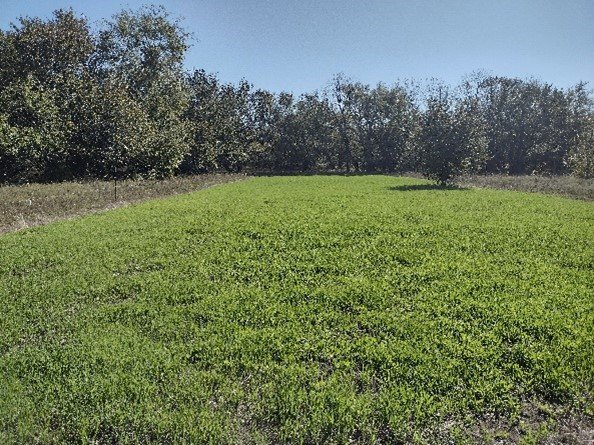
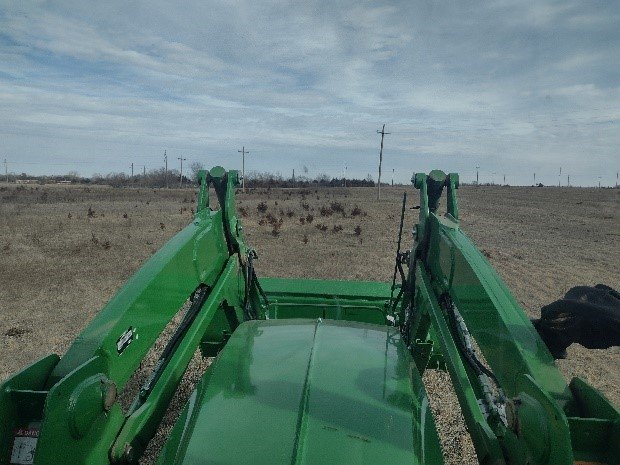
We are here to assist landowners in any manner we can, whether you are planting a flower bed pollinator plot in a suburban back yard or converting the back 40 from cool season grass to native, every habitat project is important. It is hard to imagine that there is a more rewarding job if you enjoy the outdoors and all that call it home.
